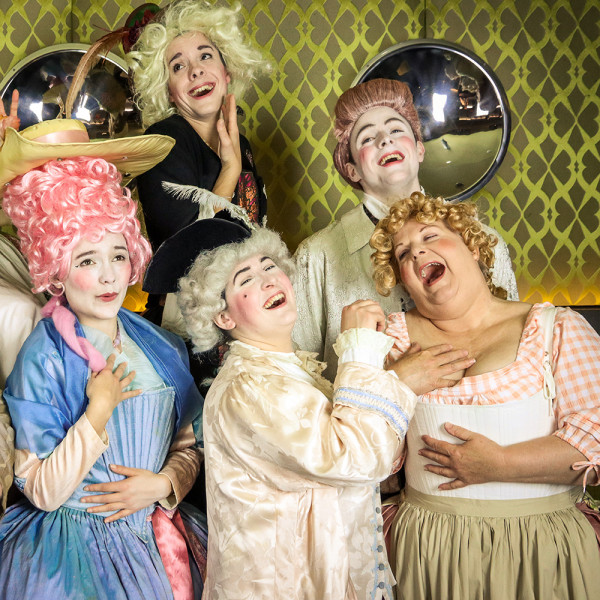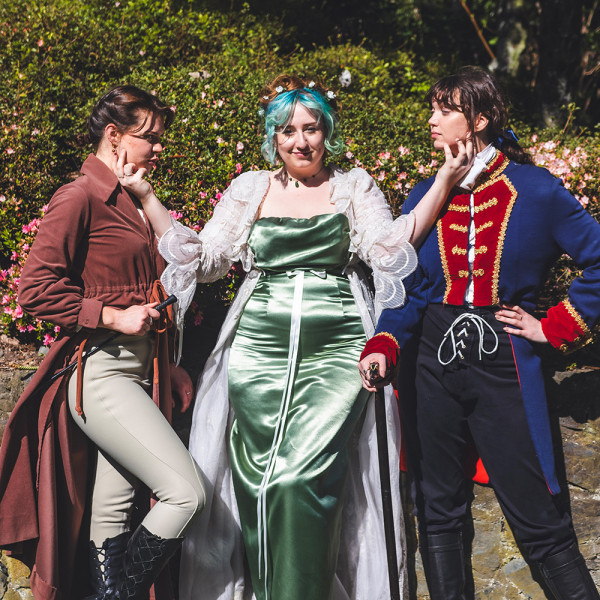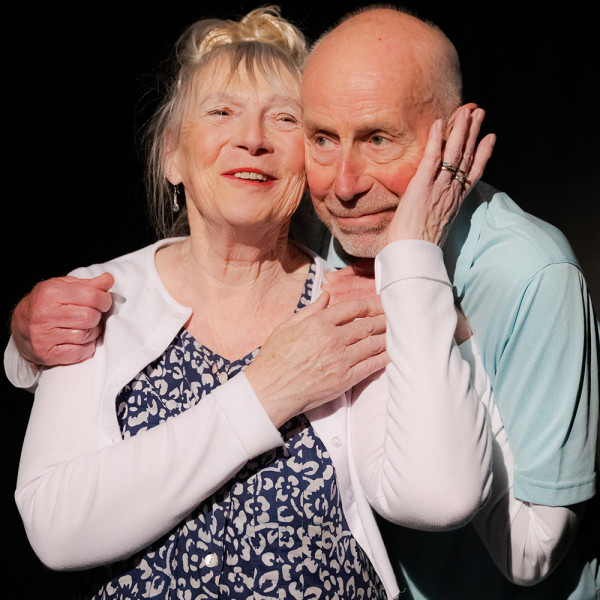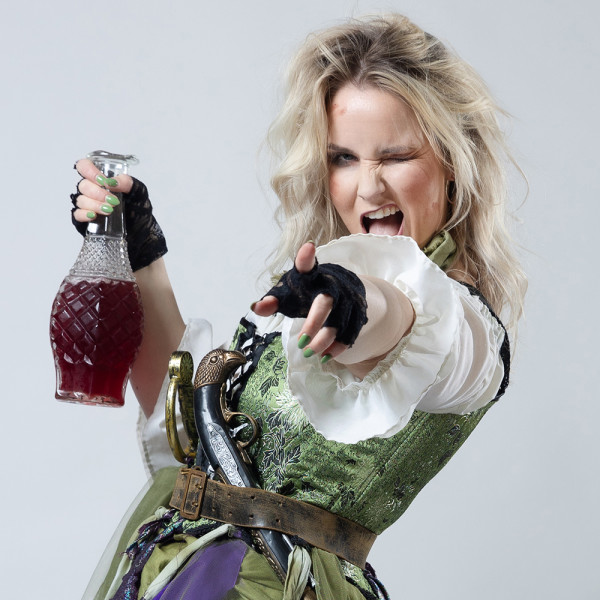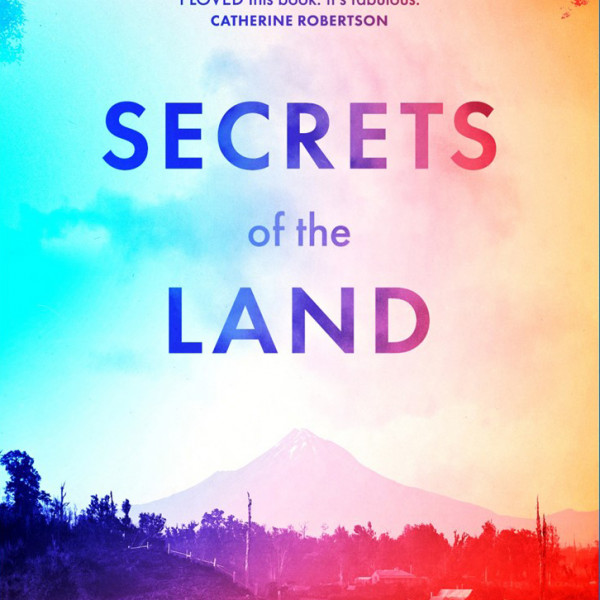
Kate Mahony’s Secrets of the Land is a classic Kiwi small town mystery novel. Cows are being kidnapped, hedges are being burnt, and a farmer is receiving threatening letters. Across the sea in Melbourne, our protagonist Imogen Maguire is approached by a stranger in an oversized jacket who claims that her grandfather is in trouble. The only problem? She thought her grandfather was dead.
Imogen visits Taranaki to investigate, setting off a chain of events that weave together past, present, and the supernatural to show that in New Zealand, we are never far away from the colonial past.
I loved the concept of this story but felt that some areas could have been improved as the pacing was inconsistent and several of the characters were unpleasant. One central plotline is that of the Irish lad Michael Flynn, who travels to Taranaki in 1864. I understand that in historical fiction characters will have period-accurate opinions, but it was still jarring to see Michael, who had been sympathetic for the first part of his story, talking about “dirty natives” and invading Māori pā. Michael realises the injustice of the New Zealand Wars but dies before he can act on this. As a ghost in the present, he tries to help but ultimately doesn’t solve much as the pā his troop invaded, and the subsequent Māori burial site, is discovered by accident by farm labourers. I believe if Michael had led the land’s current owners to this site, his redemption arc would have felt more satisfying.
However, I was impressed with the level of research Mahony put into the story. Several lines, including Michael’s “their potatoes, and fish, and children”, were taken directly from historical accounts. The past influenced and haunted the present in a way that deliberately drew attention to some more unpleasant parts of New Zealand’s history. While the novel was not for me, I appreciated its message and agree that we should all learn more about colonialism.




